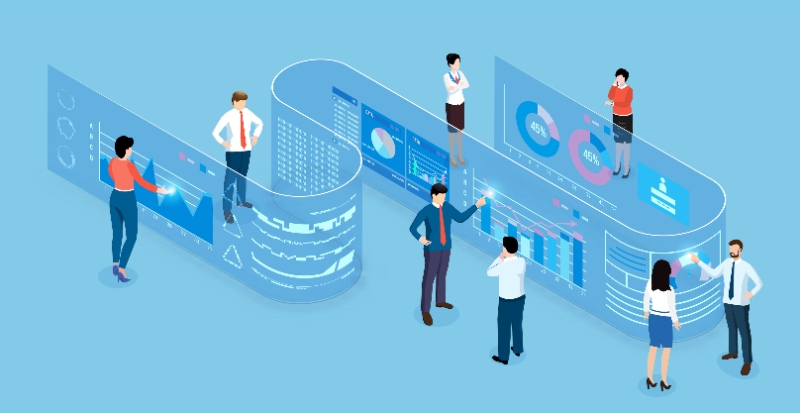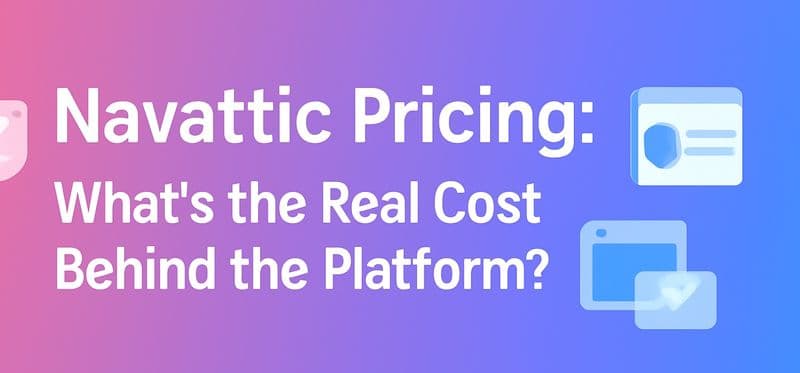We can't control how people use our products, but we can respond in ways that benefit and protect everyone involved.

As entrepreneurs, no one understands our products like we do. We're the ones who saw the need and the white space. We're the ones who outlined the first solution, and then built it and built it and built it till it became the robust, intuitive, smart product it is today. We're the ones who did all that early sales exploration and tweaked our offerings and worked out our niches. We know our product, and we know how customers use it and what for.
Or rather, by and large, we do. The delightful thing about software is that once it is out in the world, it stops being ours alone. Each of our clients brings their own smarts to it, and oftentimes, our products are being used in ways that we just hadn't thought of.
That's not always a bad thing.
Just recently, on Tekpon's podcast, I recounted the incident when one of SmartCue's clients told me about a brand new use case. A quick primer: SmartCue is my baby. It is a tool aimed at Sales Engineers and Sales Reps who can use it to rapidly create and modify demos, and maintain demo libraries. Sales reps liken it to Jarvis (the voice in Iron Man's helmet!), feeding them all the information they need, cued in context, even when the client leads them into a screen or functionality not covered in that specific demo.
Okay, so I knew it had applications in training, of course. I've used it to create interactive training materials myself. One of my SaaS clients, however, took it to another level: they're now using it for train-the-trainer programs for their clients. For a split second there, I couldn't see how… and then it was so obvious, I couldn't believe I'd missed it.
Now, I'm feeding that use case into my sales pipeline. Other potential use cases help me build up my product roadmap.
Even if a product was designed to fulfil specific and known user needs, customers don’t always use it the way and for the purpose, the product was originally intended. In many cases, users don’t care or don’t understand how a product works, and once they find a way to use it, they’ll stick to it. Many people, for example, type URLs into the Google search bar instead of the browser’s address bar.
Let's look at another example. Zoom was a video telephony product, like so many others. What worked for it was its simple, intuitive UI, and the ability to handle disruptive participants by muting them, turning off their video, or even kicking them out of meetings. Zoom did this because its free version allowed meetings with up to 100 participants at a time. We all know how raucous these meetings can be if even a small fraction of those participants forget to mute themselves.
The use case Zoom didn't expect was the pandemic and the resulting surge in demands from schools that were unexpectedly thrust into online schooling. Teachers were delighted at being able to create virtual classrooms that were, in many ways, so much more orderly than in-person ones. In 2020 alone, Zoom had over 500 million downloads. How's that for an unexpected use case?
On the flip side
Zoom got into trouble over not catering to these use cases fast enough. Zoom was criticized for lapses in security, but pivoted very quickly to focus on these issues. To be fair though, Zoom had just 10 million daily meeting participants in Dec 2019, which ballooned to 200 million daily meeting participants by March 2020. In April 2020, the company released Zoom version 5.0, which addressed a number of security and privacy concerns.
I find that immensely sobering. Every single one of us startups wants to be the next big thing. How can we not? We have these great ideas that have the potential to add value to millions (if not billions) of people. That is both an aspiration, and a responsibility.
Keeping an ear to the ground
None of us wants to be in Oppenheimer's shoes. That's not hyperbole on my part. Something as clearly beneficial and benign as the internal combustion engine has brought us to the brink of climate catastrophe, 200 years later. This is the inherent danger in all technology - once we let it out into the world, it is no longer ours.

We can't foresee everything. I definitely can't imagine what harm SmartCue can create another 10 years from now because I can't predict how much culture, technology and the economy will change in that time. I can, however, keep a close eye on how people are using it today.
And I do. SmartCue is still small, so I'm the guy who looks at all the usage analytics data. Whatever I don't understand, I take to my product team. Whatever they don't understand, I take to the client. Every single one of my clients knows that I am hungry for any insight into how to improve adoption, so this leads to some very interesting conversations (like the one where I found my mystery use case).
I also lean very heavily on my communities. The great thing about being a startup is that I am in a very crowded boat. I can learn from all my peers, and vice versa. I have mentor support. I have support from the developer community. I have support from the tech reviewer community. Every single one of these groups is a fount of great information.
So far, the mystery use cases I've found are very benign. Some, like the train-the-trainer one, are downright beneficial. I've been very lucky. And I'm very aware of it. And while I really can't expect to catch every mystery use case out there, I'm hoping that the net I've cast is wide enough to catch these cases early enough to allow me the opportunity to course correct.


